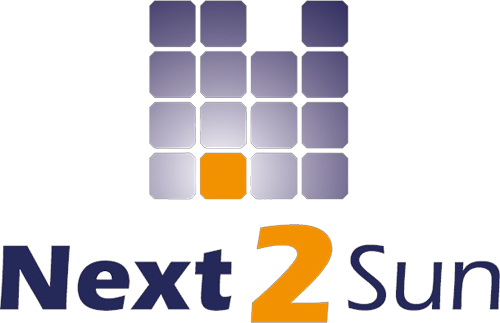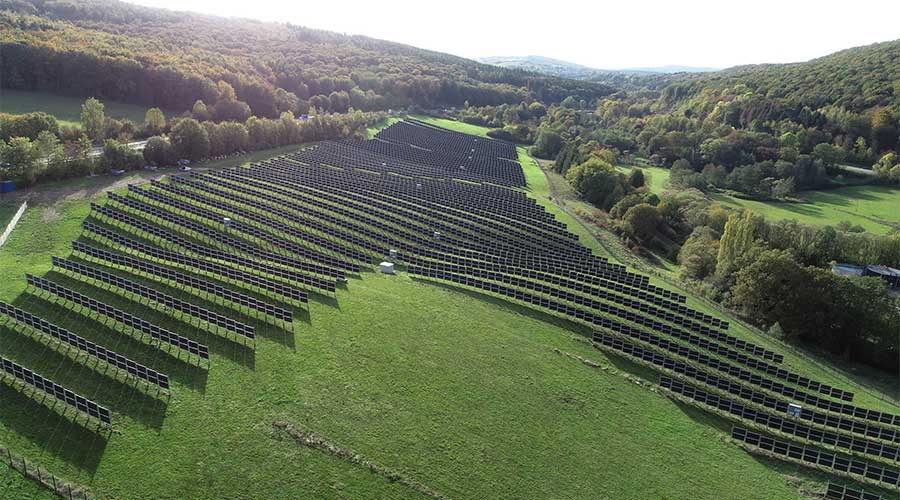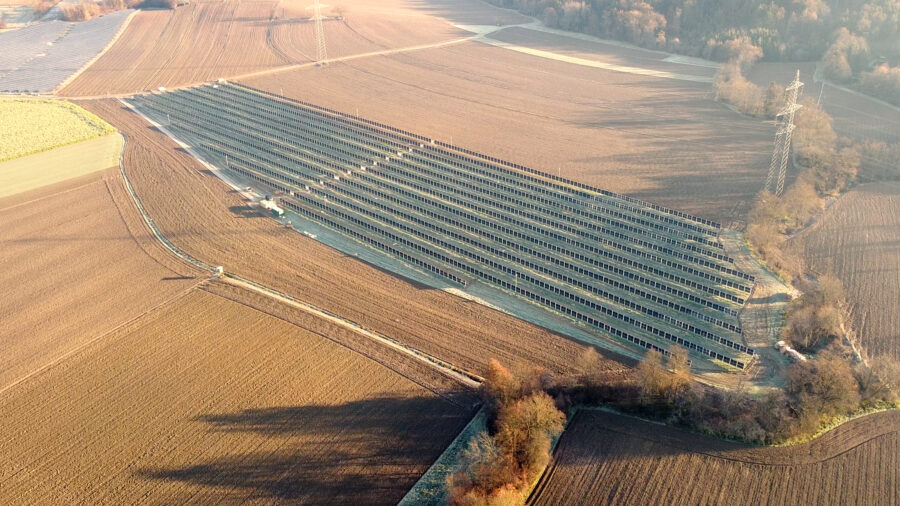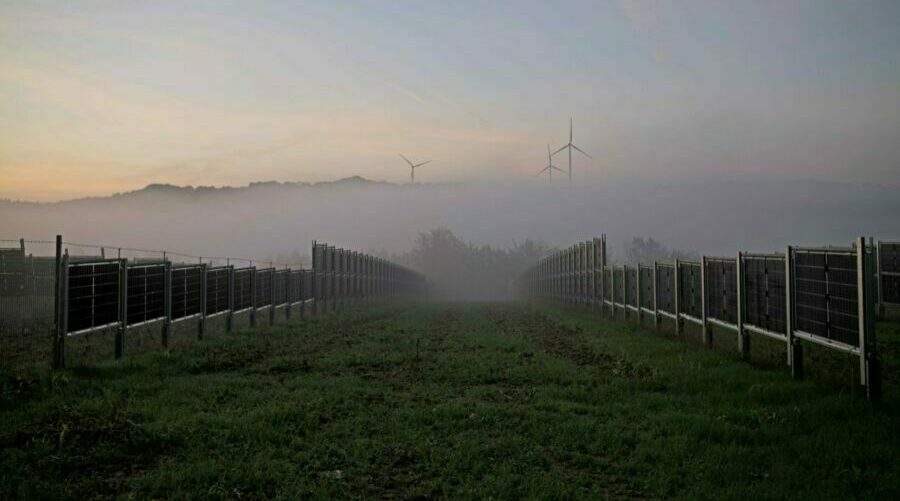Vertical Agri-PV from the technology leader
Known from







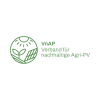

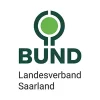

What is Agri-PV?
Agri-photovoltaics or Agri-PV is the umbrella term for ground-mounted photovoltaic systems concepts that enable the dual use of agriculture and photovoltaics on one and the same area.
Why Agri-PV?
Traditional agriculture and sophisticated forms of energy generation are not mutually exclusive.
On the contrary: with agri-PV systems, farmers benefit not only from the food harvest but also from the electricity harvest.
In addition, dual use avoids the competition for land between food and electricity production.
This counteracts the pressure of increasing land scarcity and land sealing.

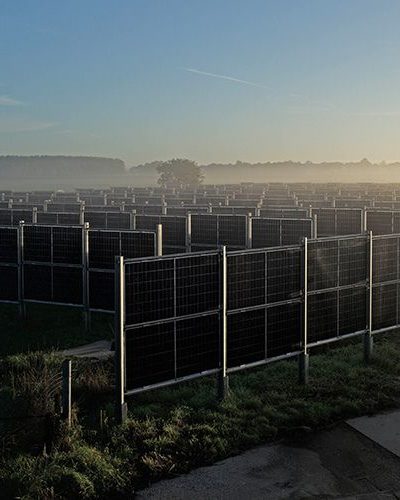
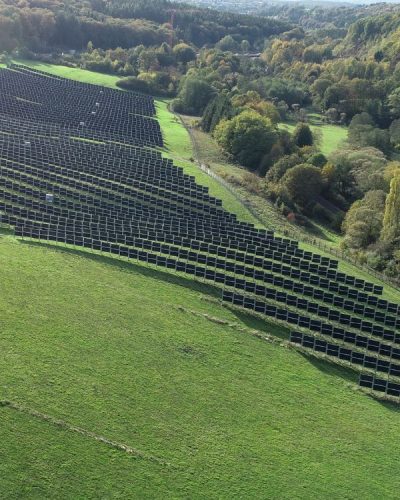
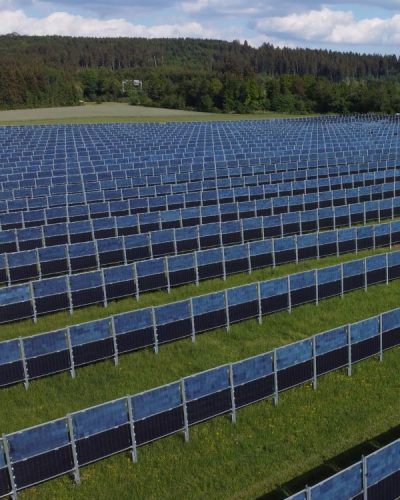

Vienna Energy Michael Horak Ansaat-Schafflerhof
Agri-PV application models
Next2Sun offers various deployment models for Agri-PV that are tailored to the individual needs of landowners.
Each of these models is specifically tailored to the needs and capabilities of the parties involved to ensure maximum efficiency and profitability.
Creating synergies with Agri-PV systems
Generate solar power, profit from it financially and still use the area at the same time!
Agri-PV makes it possible – because with Agri-PV, agriculture meets photovoltaics.
Agri-PV systems are on the rise and enable the dual use of land for agriculture and energy production.
While ground-mounted PV systems used to compete with the cultivation of crops or animal husbandry, the Next2Sun concept offers an optimal alternative solution!
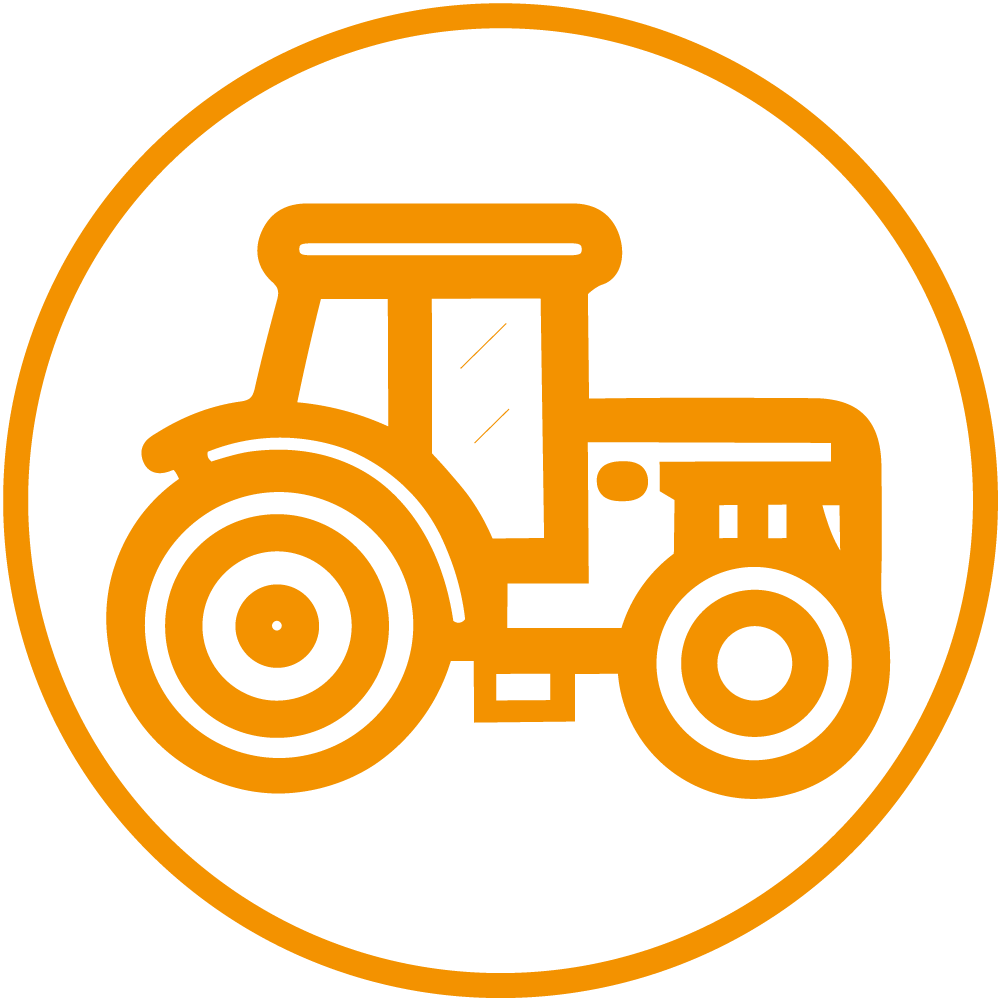
Maximum degrees of freedom for agriculture
- Flexible adjustment of row alignment and spacing
- Use of large agricultural equipment still possible
- No competition for land between energy & food production

Anticyclical electricity production
- Energy generation at times of high demand
- Relief for the grids and low storage requirements
- Higher revenues from trading on the electricity market
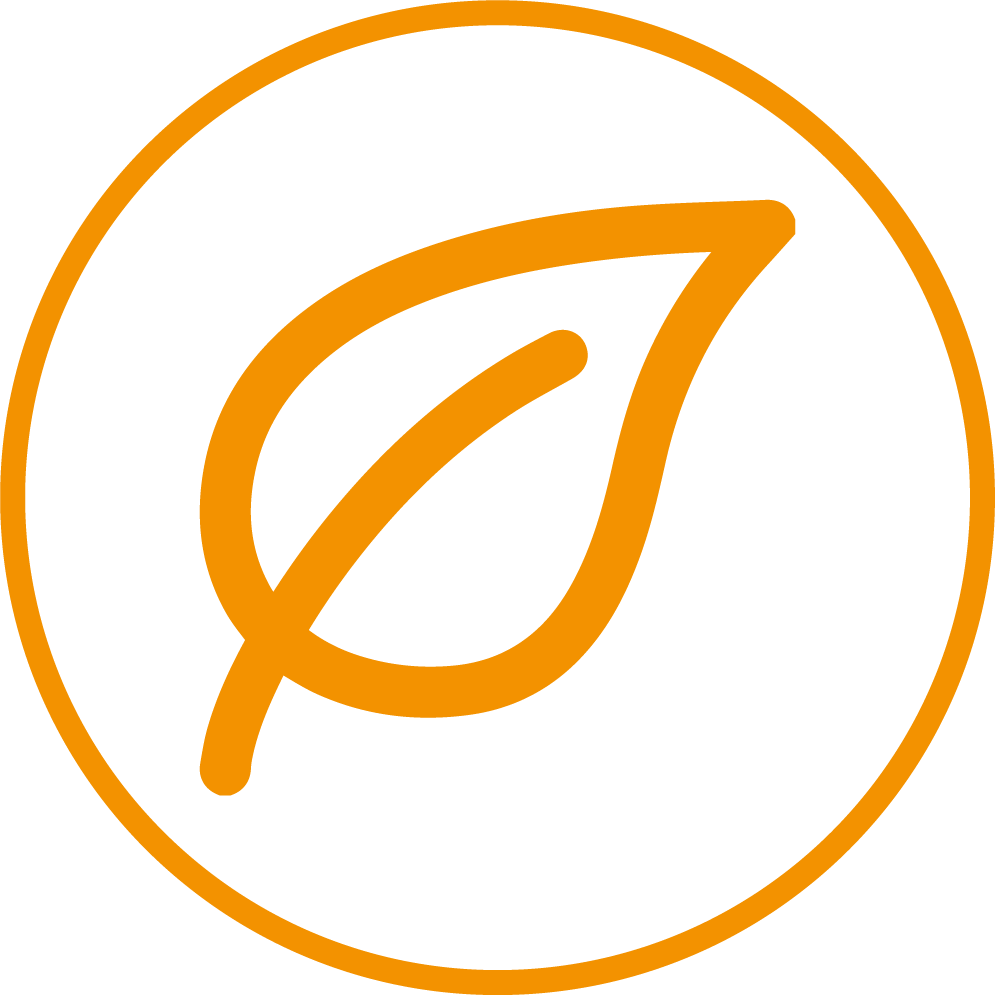
Ecological upgrading of the areas
- Degree of overbuilding < 1%
- Unchanged water balance
- High-quality old grass/flowering strips under the rows of modules
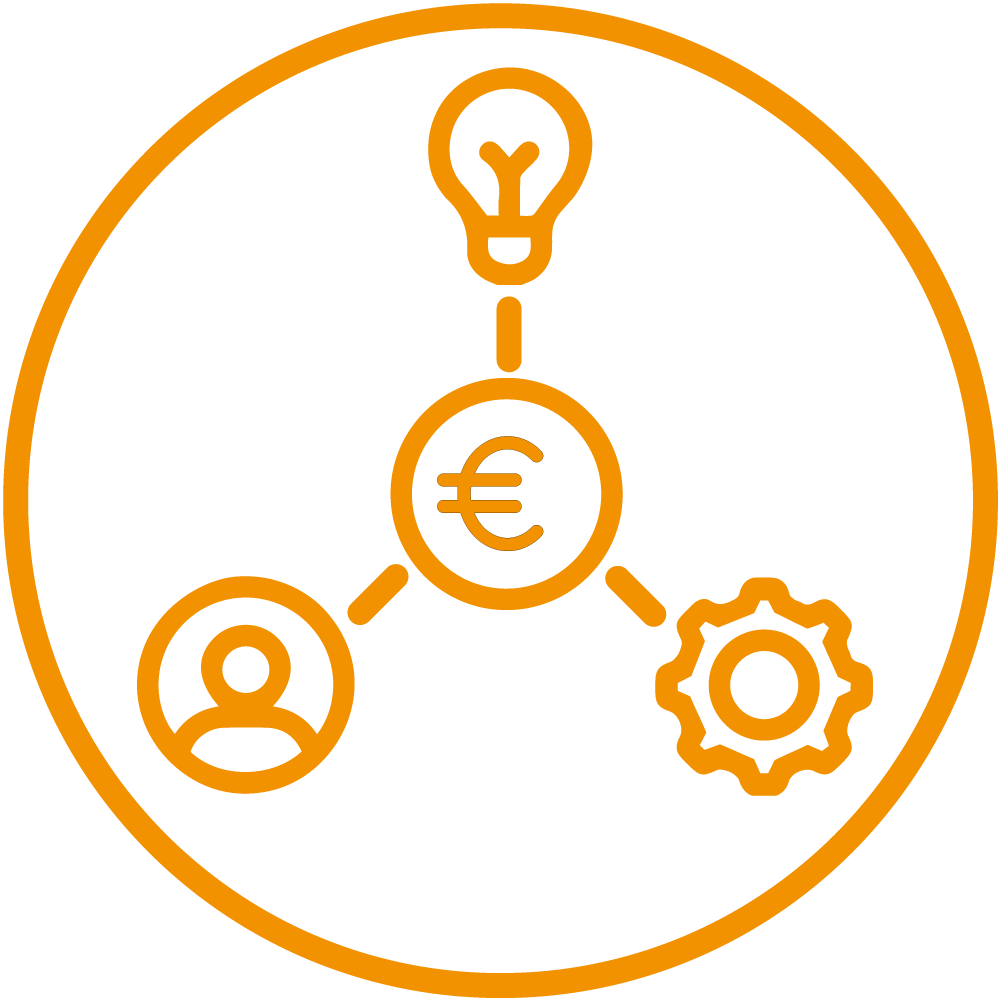
Customized business models
Whether you are an open space owner or a project developer, we will guide you through your options and help you find the best solution for your needs.
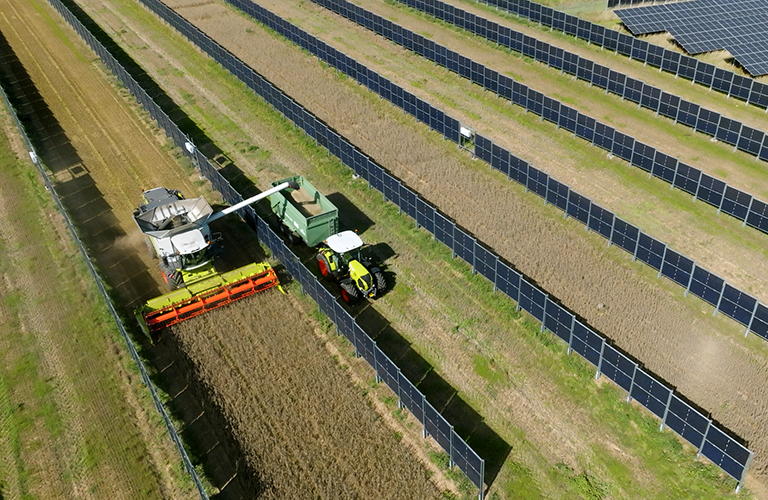
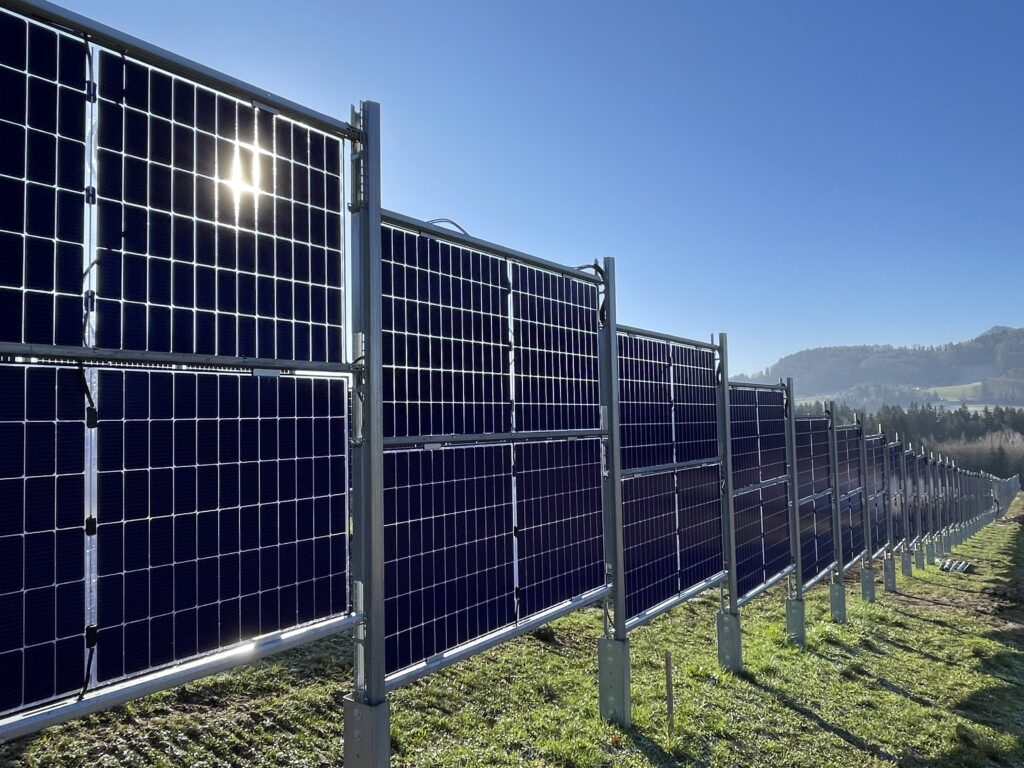
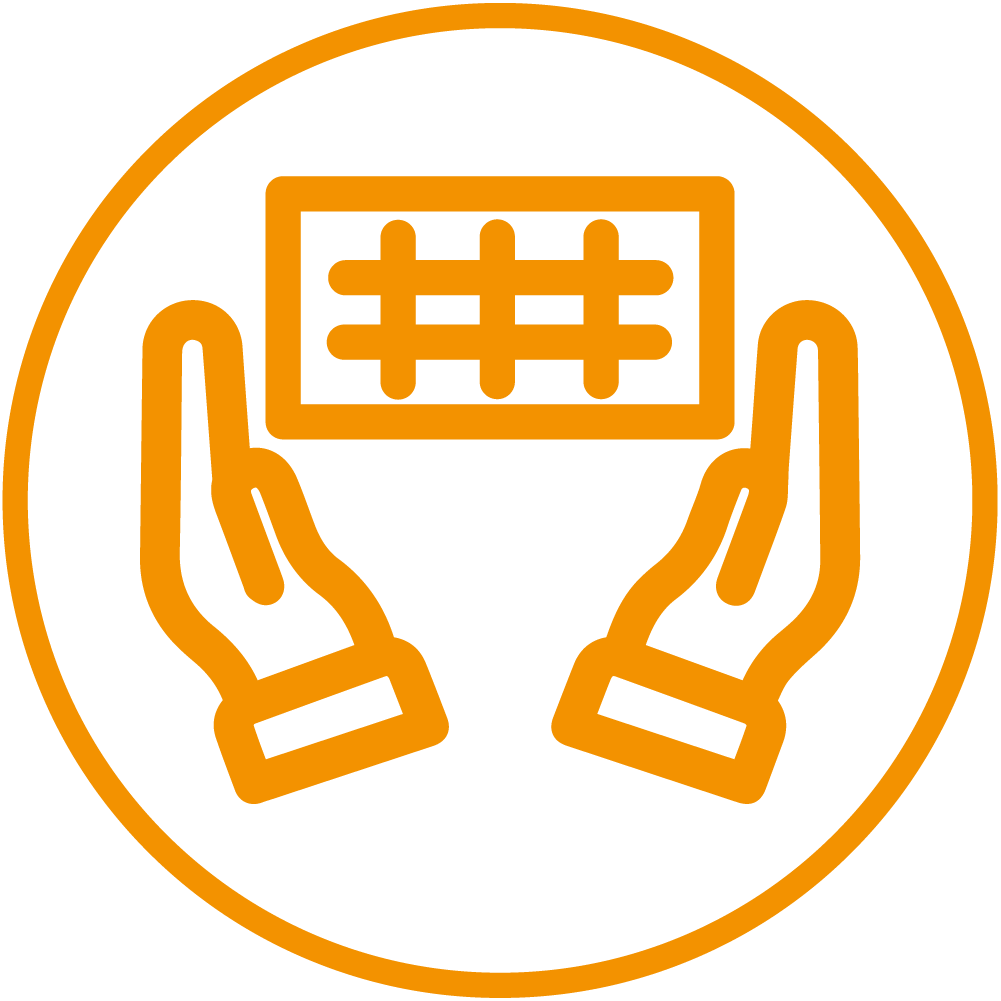
Project support
From approvals and transparent communication to project support: our experts are always on hand to advise you.
Agri-PV as a revenue model
Benefit from multiple lucrative business models.
With our Next2Sun Agri-PV concept Fields2Sun, we address not only energy suppliers but also all owners of open spaces – whether agriculture, municipalities, local authorities or companies.
In addition to self-supplying electricity with agri-PV systems, we offer attractive business models. These include land leasing and income from electricity production, all while allowing for the continued use of the land.
Who is Agri-PV beneficial for?
areas
Our innovative systems represent an efficient interface between renewable energy generation and agricultural land use.
Next2Sun’s Agri-PV systems are aimed at farmers, landowners, local authorities and energy suppliers. Farmers have the opportunity to generate additional income, while energy suppliers can integrate a profitable business model into their energy mix. For municipalities and authorities, these systems provide a valuable opportunity to meet their climate targets sustainably and establish flagship projects.

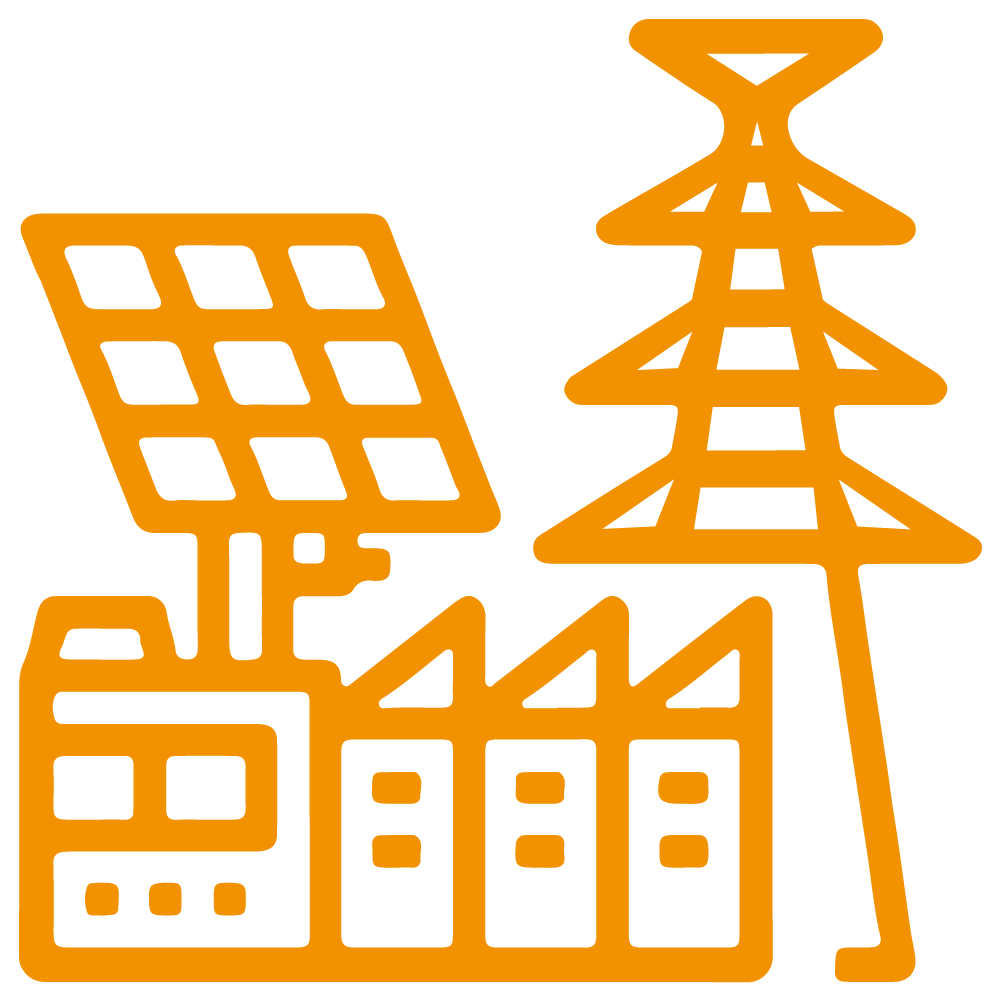

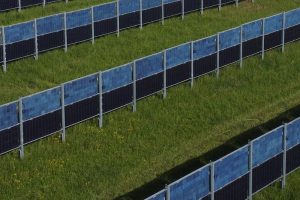

Agri-PV for open spaces
- Customized business models
- Complete project support
- Dual use of the areas
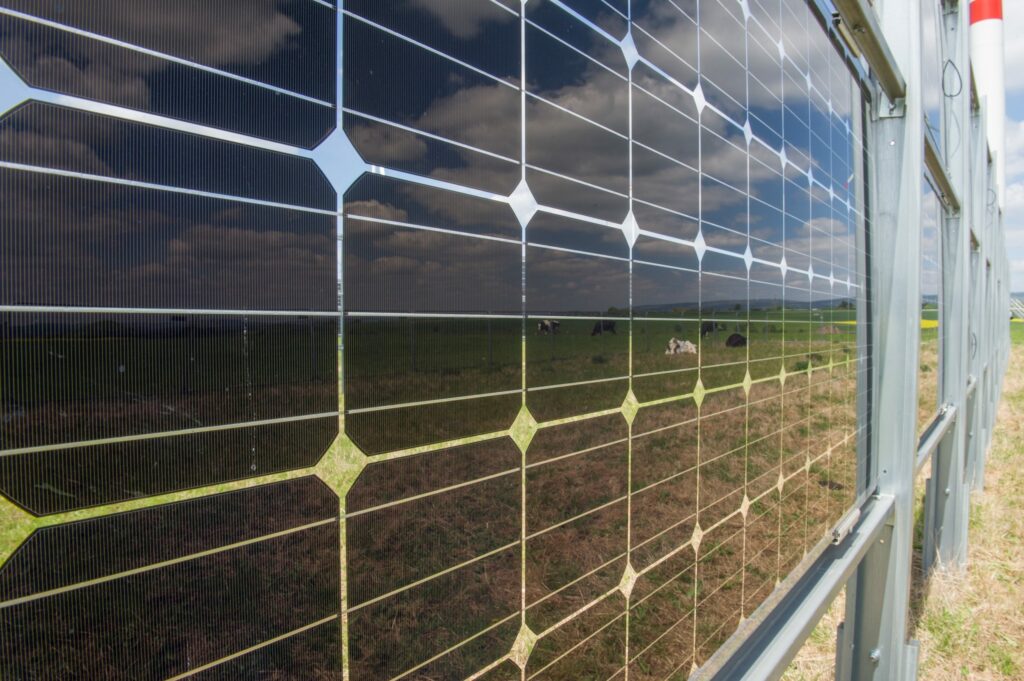
Sustainable

Double earnings
Agri-PV for energy suppliers & project developers
- High-quality components & sustainable grid stability
- Additional revenue due to vertical east-west orientation
- Unique expertise from an experienced team of experts

Energy transition

Ecologically compatible energy source
Agri-PV for municipalities, authorities and local authorities
- Achieving climate targets sustainably
- Win-win situation for everyone involved
- Long-term revenue diversification
References
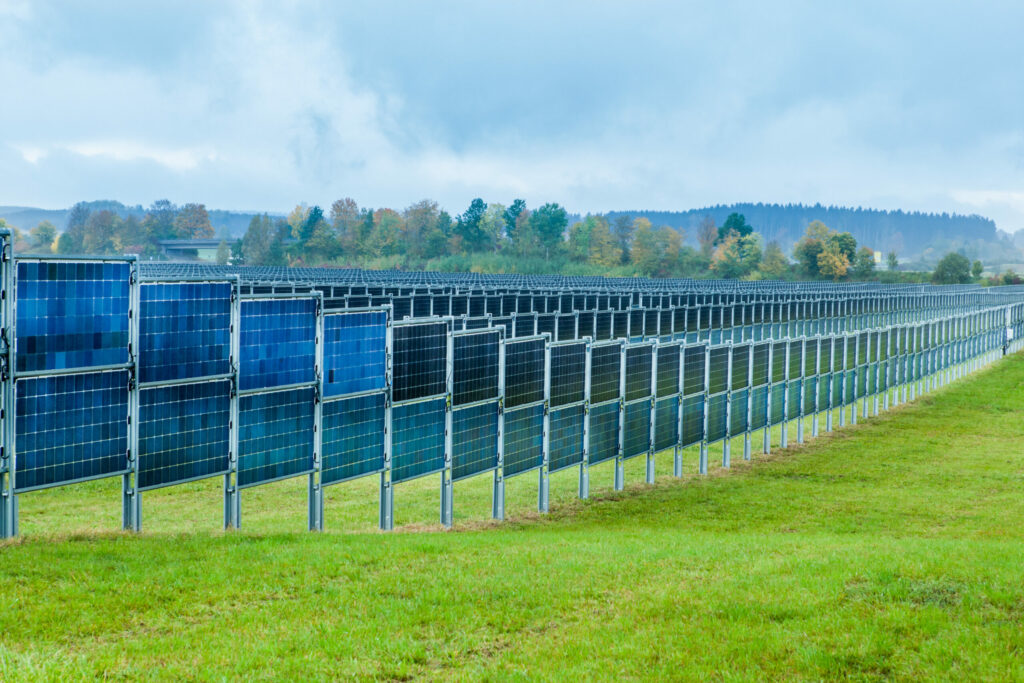
The calculation refers to the Donaueschingen-Aasen solar park reference project.
Double harvest with vertical PV elements
Sustainable and long-term electricity production without building on land
In July 2020, Europe’s largest vertical, bifacial agrivoltaic system was built in the Donaueschingen district of Aasen.
Around 11,000 bifacial solar modules were mounted on a total of 5,800 rack elements on a module field area of around 12 hectares.
Subsequent agricultural use will be carried out by the previous farmer.
The 10 m wide spaces between the rows will continue to be used for the production of hay and silage.
In addition, three further rows of modules are used for arable farming trials.
The Agri-PV plant supplies 1,400 households with renewable electricity.
The operator is Bürgersolarkraftwerke Donaueschingen-Aasen GmbH.
Interested in Agri-PV?
Become part of the energy transition with Agri-PV
Our technology optimizes grid integration and offers above-average yields thanks to its unique design.
Contact us today to find out how we can contribute to the energy transition together.
Agri-PV creates a pioneering symbiosis of agriculture and renewable energy generation that not only effectively meets energy needs, but also minimizes environmental impact.
At Next2Sun, we develop tailor-made Agri-PV solutions that can be perfectly integrated into existing farms while minimizing environmental footprints.
Our systems aim to increase the productivity and profitability of open spaces through highly efficient energy yields without compromising agricultural productivity.
Creating synergies with Agri-PV systems
Generate solar power, profit from it financially and still use the area at the same time!
Agri-PV makes it possible – because with Agri-PV, agriculture meets photovoltaics.
Agri-PV systems are on the rise and enable the dual use of land for agriculture and energy production.
While ground-mounted PV systems used to compete with the cultivation of crops or animal husbandry, the Next2Sun concept offers an optimal alternative solution!
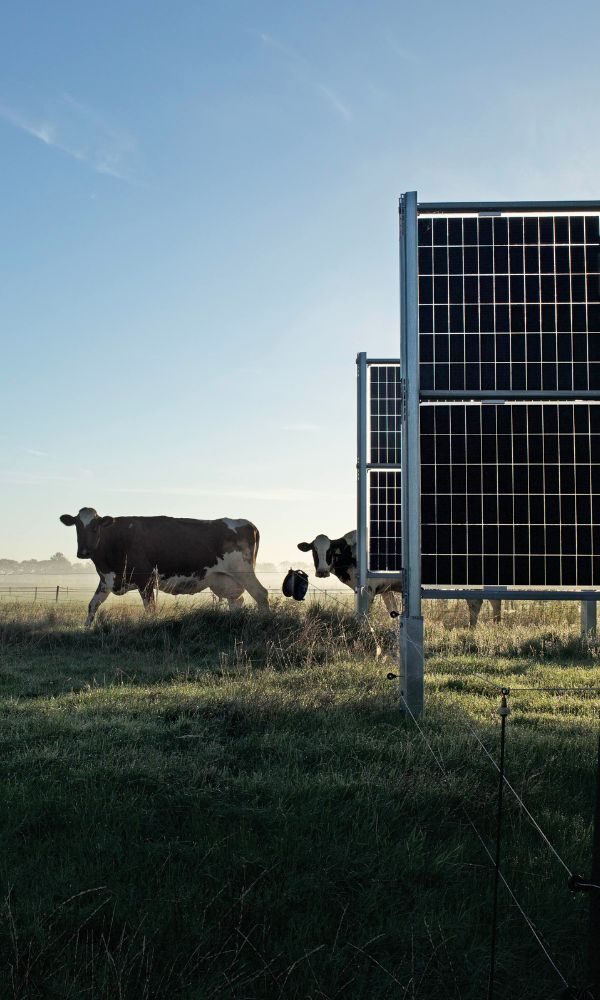
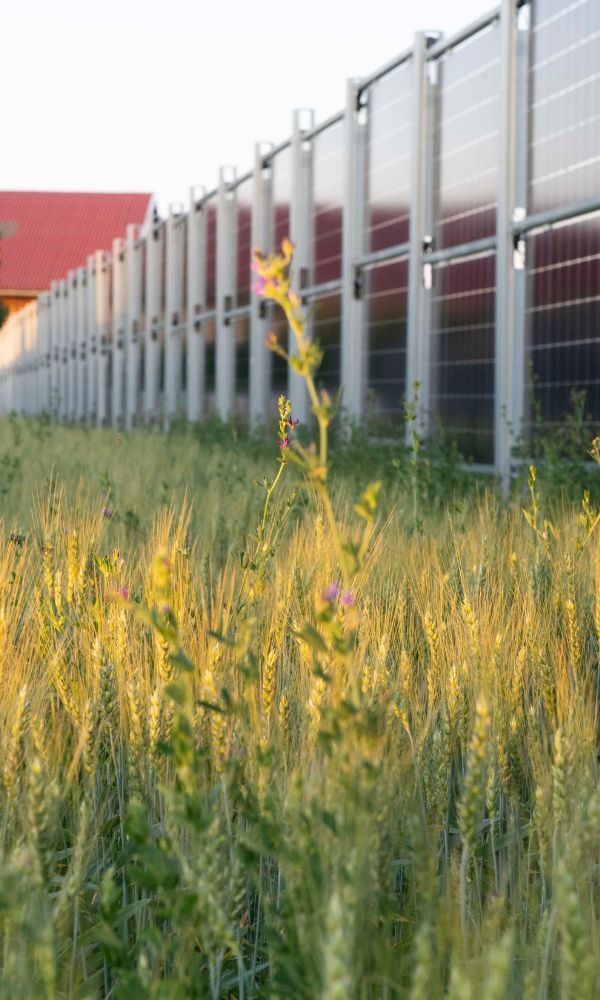
Vienna Energy Michael Horak Ansaat-Schafflerhof
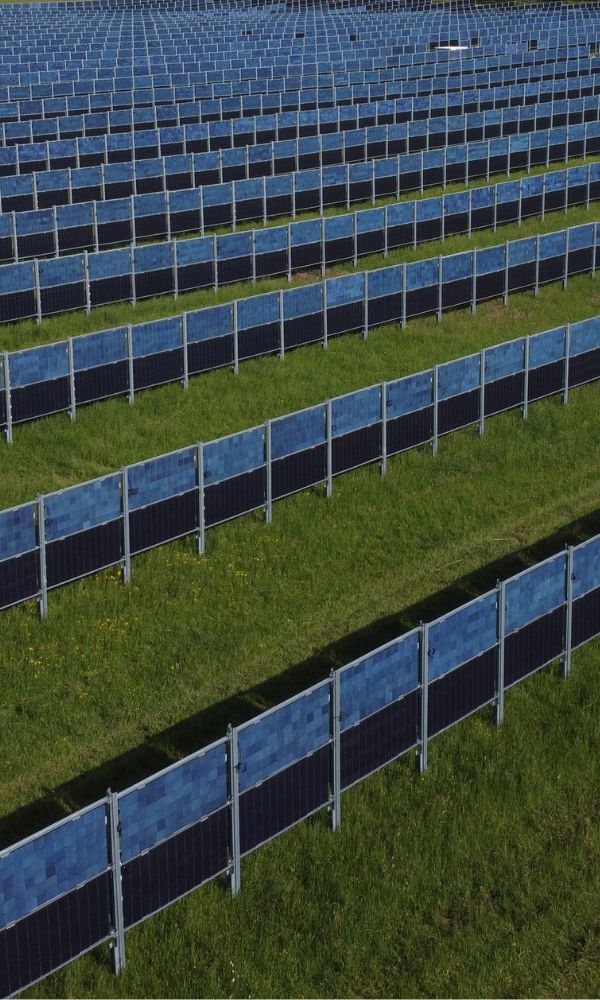
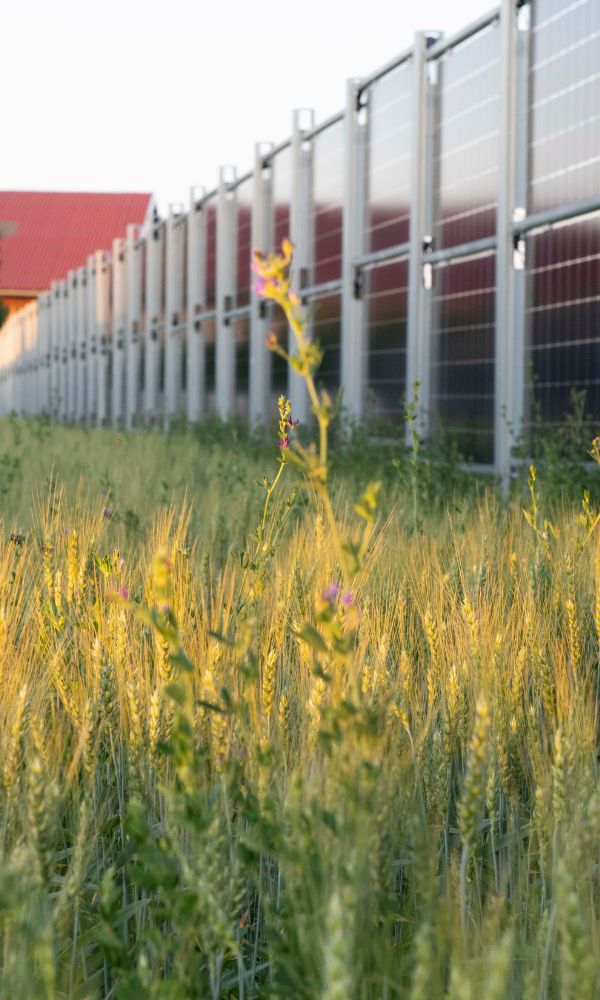
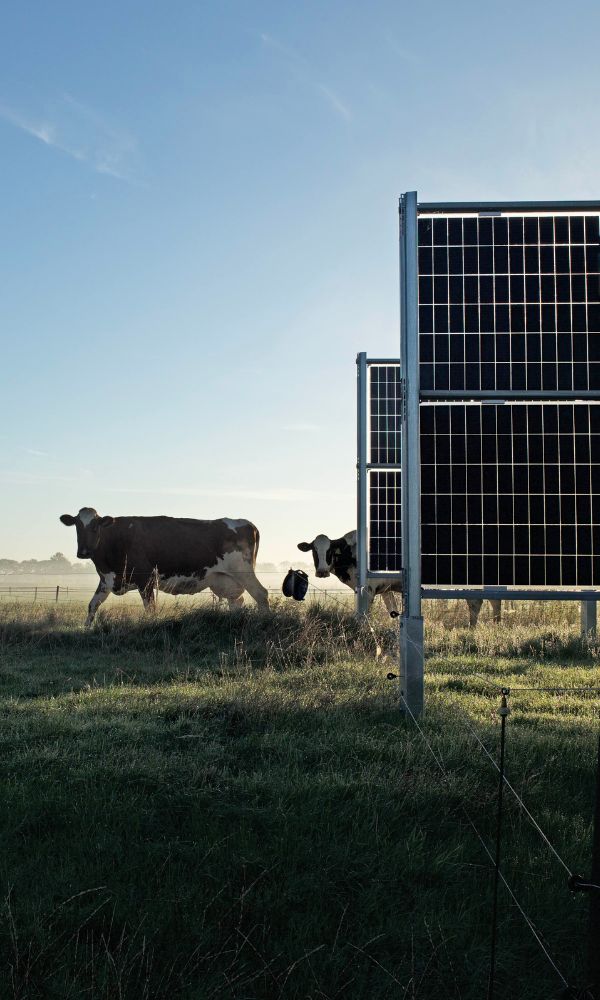
Why is Agri-PV a smart choice?
Agri-Photovoltaics represents the umbrella term for ground-mounted photovoltaic systems concepts that enable dual use of photovoltaics and agriculture on one and the same area.
In densely populated countries like Germany, the competition for land between energy production and agriculture is intensifying. Agrivoltaic concepts address this issue by allowing the simultaneous use of available land for both purposes—energy generation and agricultural activities. This significantly increases land efficiency.
Various studies have demonstrated that installing PV modules can positively impact agricultural yields through shading and wind protection. This creates a true win-win situation, benefiting both agriculture and energy production.
Guaranteed quality


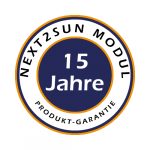
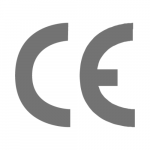
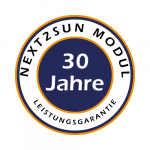




Frequently asked questions
As a landowner, why should I consider Agri-PV from Next2Sun?
Agri-PV systems from Next2Sun allow landowners to make double use of their land: They not only generate electricity through photovoltaics, but also enable ongoing agricultural use at the same time.
This increases land efficiency and provides an additional source of income without compromising the productivity of the land.
What advantages does Agri-PV offer energy suppliers?
Agri-PV is an attractive addition to the energy mix for energy suppliers.
By installing agri-PV systems, they can not only increase energy efficiency, but also reduce their dependence on conventional energy sources and improve grid stability through decentralized energy generation.
How do municipalities and authorities benefit from the implementation of Agri-PV systems?
Municipalities and authorities can benefit from improved planning certainty and administrative efficiency with Next2Sun’s Agri-PV systems.
These systems also support local sustainability goals by promoting renewable energy and help to make optimum use of public land.
What makes Next2Sun’s agriphotovoltaics system different to conventional south-facing photovoltaics systems?
The modules in our Next2Sun plant system are stood vertically. Special frameless glass-glass modules are used for this. These bifacial modules are light-sensitive on both sides. The vertical design of the modules with a row space of at least eight metres in between ensures a very low level of overbuilding of the area (ground space / overbuilding of the area approx. 5%). Conversely, more than 90% of the space remains available for agriculture use and environmental upgrades. By comparison, the overbuilding of the area for conventional south-facing systems sits at over 70% (= projected module area on the ground). If the clearance between the lower edge of the modules and the ground is 0.8 to 2 metres, there is no likelihood of any meaningful agriculture use.
In addition, the vertical design (particularly in an east-west orientation for the front and back of the modules) creates an innovative feeding profile, combined with an additional technical yield [kWh/kWp] compared with south-facing photovoltaics systems.
